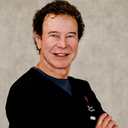Hi U! I believe you are on the right track!

